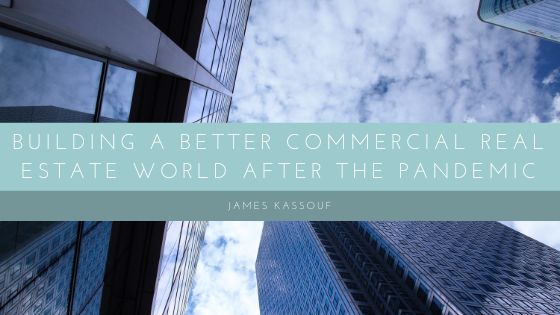Just like people need a roof over their heads, businesses traditionally needed a structure for their operations. This can be a factory, warehouse, or shop. In the last decade, this logic has changed, and the COVID-19 crisis has changed people’s perceptions about where they work. Nobody had imagined that some of the world’s most famous office buildings would face an existential challenge.
Many office skyscrapers in major cities have become vacant due to the current crisis. Since businesses have survived the pandemic impact, leaders redefine their strategies and evaluate whether they can continue operating without having traditional offices. Coronavirus disease has led to a revolution in the corporate real estate industry.
As business owners and leaders strive to overcome challenges such as conserving cash, reducing costs, and streamlining operations, they’re also likely thinking about developing a better workforce strategy. Many organizations didn’t consider this option before the COVID-19 outbreak. However, the situation has changed, and business leaders have realized they have multiple choices.
Office versus Remote Working
The option of office or remote working has to extend for years to come. Working from an office has been common since the Industrial Age, but the current crisis has led to significant changes in how businesses structure work and how it’s managed or done. People have realized they have several real choices and are throwing out some traditional prejudices.
On the other hand, investors in the real estate sector have enjoyed high returns from their tenants. The landlord and tenant relationship drives the industry. Since vast fortunes have been built on this, it may be hard for many people to see the need for a change.
Looking into the future, commercial real estate owners need to move away from traditional relationships and acknowledge real choices in the provision and use of office space. There are several ways of transforming the corporate real estate sector. First, they can adopt a new office supply model to get multiple perspectives to replace the traditional landlord-tenant relationship.
Instead of a linear process, this can lead to a flexible system that meets workforce demands. As a result, there will be a customer-oriented relationship, and the clients will get value for their money.

